

Articles
How To Dog Proof A Fence
Modified: August 27, 2024
Want to learn how to dog proof your fence? Check out our informative articles packed with tips and tricks to keep your furry friend safe and secure in your yard.
(Many of the links in this article redirect to a specific reviewed product. Your purchase of these products through affiliate links helps to generate commission for Storables.com, at no extra cost. Learn more)
Introduction
Welcome to the world of dog ownership! Having a furry friend brings so much joy and companionship to our lives. However, it’s important to create a safe and secure environment for our dogs, especially when it comes to their outdoor space. One essential aspect of ensuring their safety is dog-proofing your fence.
Dogs are naturally curious and adventurous creatures, and it’s not uncommon for them to try to explore beyond the boundaries of your property. To prevent them from escaping or getting into dangerous situations, it’s crucial to take measures to dog-proof your fence.
In this article, I will provide you with a comprehensive guide on how to dog-proof your fence. By following these steps, you can create a secure and escape-proof enclosure that will give you peace of mind and keep your furry friend safe.
Key Takeaways:
- Secure your furry friend by inspecting, repairing, and reinforcing your fence. Prevent escape attempts by filling in gaps, burying the bottom, and adding barriers. Combine physical measures with positive training techniques for a harmonious and secure environment.
- Enhance your fence with coyote rollers and deterrents to keep your dog safe from wildlife and unwanted behaviors. Invest time in training to reinforce boundaries and create a secure outdoor space for your beloved pet.
Read more: How To Dog Proof Trash Can
Step 1: Inspect your existing fence
The first step in dog-proofing your fence is to thoroughly inspect your existing fence. Go around the perimeter of your yard and carefully examine the condition of your fence. Look for any signs of damage, such as loose boards or panels, broken wires, or holes.
If you have a wooden fence, check for any signs of rotting or decay. This can weaken the structure and make it easier for your dog to break through or squeeze between the gaps. For metal or chain-link fences, ensure that there are no loose or rusted portions that could compromise the integrity of the fence.
During your inspection, also make note of any gaps or holes along the bottom of the fence. Dogs are known for their propensity to dig, and even small openings can provide enough space for them to squeeze under the fence.
After thorough inspection, make a list of any repairs or improvements that need to be made to your fence. This will guide you in the next steps of dog-proofing your fence and ensure that you address any weak points.
Remember, a strong and well-maintained fence is the foundation for an effective dog-proofing strategy. Taking the time to inspect and repair your fence will pay off in the long run, providing a secure and safe environment for your beloved pup.
Step 2: Secure loose boards or panels
Once you have identified any loose boards or panels during your fence inspection, it’s important to secure them to prevent your dog from pushing them aside or squeezing through the gaps.
If you have a wooden fence, you can secure loose boards by hammering nails or using screws to fasten them back in place. Make sure to use appropriate nails or screws that will provide a secure hold. Additionally, consider reinforcing the boards with brackets or braces to further strengthen them.
For fences with panels, such as vinyl or metal fences, inspect the connectors and brackets. If any of them are loose or damaged, tighten or replace them as necessary. This will ensure that the panels stay firmly in place.
Don’t forget to check the gate as well. A gate that doesn’t latch properly can be an easy escape point for your dog. Ensure that the latch is secure and that the gate swings freely without any resistance.
By securing loose boards or panels, you eliminate potential weak spots in your fence that your dog could exploit. It’s an important step to make your fence dog-proof and prevent any escape attempts.
Step 3: Fill in any gaps or holes
Gaps or holes along the bottom of your fence can be a tempting invitation for your dog to squeeze through and explore the world beyond your yard. It’s crucial to fill in these gaps to ensure your fence is dog-proof.
If there are small gaps between the bottom of the fence and the ground, you can use materials like chicken wire, hardware cloth, or mesh to cover them. Cut the material to fit the length of the gap and attach it securely to the fence. This will act as a barrier, preventing your dog from slipping through.
If there are larger holes or gaps that cannot be covered with wire or mesh, you may need to fill them in with materials like gravel, dirt, or concrete. Fill the hole and compact the material to create a solid barrier that your dog cannot dig through. For larger gaps, you can use wooden boards or fence extensions to close off the openings.
Make sure to inspect the entire perimeter of your fence for any gaps or holes that need to be addressed. It’s important to be thorough in this step to prevent any potential escape routes for your dog.
By filling in these gaps or holes, you create a solid barrier that will effectively keep your dog confined to your yard and eliminate the temptation for them to explore outside.
Step 4: Bury the bottom of the fence
Another effective way to dog-proof your fence is by burying the bottom part of it. This will prevent your furry friend from digging underneath and escaping.
Dig a trench along the perimeter of your fence, ensuring it is deep enough to bury the bottom portion of the fence. The depth will depend on the size and breed of your dog, as some can be avid diggers. Aim for at least 8 to 12 inches deep.
As you dig the trench, slope it slightly away from your yard. This helps prevent your dog from attempting to dig up against the fence from outside. The slope discourages digging by making it more difficult for your dog to gain leverage.
Once the trench is dug, carefully push the bottom part of the fence into the trench and cover it with soil. This will secure the fence into the ground and make it virtually impossible for your dog to dig underneath it.
If you have a chain-link fence, you can also attach a tension wire at the bottom and bury it along with the fence. This provides an extra deterrent for digging and reinforces the strength and stability of the fence.
Burying the bottom of the fence is a highly effective measure to dog-proof your fence. It creates a physical barrier that prevents your dog from digging and escaping, giving you peace of mind knowing that your furry friend is secure in your yard.
Regularly inspect your fence for any holes, gaps, or loose boards that your dog could squeeze through or chew on. Repair any damage promptly to prevent escapes.
Read more: What Is A Snake Proof Fence
Step 5: Add a barrier along the bottom
In addition to burying the bottom of the fence, adding a barrier along the bottom is another important step in dog-proofing your fence. This provides an extra layer of protection and prevents your dog from getting underneath the fence.
One common and effective barrier is attaching a lattice or wire mesh to the bottom part of the fence. This can be done by securing it using zip ties or fence staples. Ensure that the barrier extends at least 6 to 12 inches above the ground to prevent your dog from crawling or squeezing underneath.
Another option is installing concrete or paver blocks along the perimeter of the fence. These heavy and solid barriers create a physical deterrent that your dog cannot easily move or wiggle through.
If you want a more aesthetically pleasing solution, you can use decorative landscaping features like rocks, flower beds, or shrubs to create a barrier at the bottom of the fence. These not only provide a visual appeal but also act as a physical deterrent for your dog.
By adding a barrier along the bottom of your fence, you further reinforce the security and dog-proofing measures. It adds an extra layer of defense against any attempts from your dog to escape.
Step 6: Install coyote rollers
If you live in an area where coyotes or other wildlife pose a threat to your dog, installing coyote rollers can be an effective method to dog-proof your fence.
Coyote rollers are spinning devices that are installed on the top of your fence. They work by preventing animals from getting a foothold and climbing over the fence.
To install coyote rollers, you will need PVC pipes or aluminum tubing that are wide enough to fit over the top of your fence. Cut the pipes or tubing into sections that span the length of your fence.
Attach the sections of pipes or tubing to brackets that are secured at regular intervals along the top of the fence. The rollers should spin freely to make it difficult for animals to gain traction or grip on the top of the fence.
Coyote rollers can be an effective deterrent for not only coyotes but also for other animals like raccoons or stray cats that may try to infiltrate your yard. It adds an extra layer of security and prevents your dog from encountering potentially dangerous wildlife.
It’s important to note that coyote rollers may not be suitable for all types of fences. Consult with a professional or your local hardware store to ensure that your fence is compatible with these devices and to get proper installation guidance.
By installing coyote rollers, you enhance the dog-proofing of your fence and create a barrier that keeps both wild animals and your furry friend safely inside your yard.
Step 7: Utilize deterrents
In addition to physical measures, utilizing deterrents can be an effective way to dog-proof your fence. These deterrents discourage your dog from attempting to escape or engage in unwanted behavior near the fence.
One common deterrent is the use of natural or commercial repellents. These products emit scents that dogs find unpleasant, such as citrus or bitter apple. Apply these repellents along the bottom of the fence or on areas where your dog likes to chew or scratch. The unpleasant scent will deter your dog from approaching or trying to escape through the fence.
Another popular deterrent is motion-activated devices. These devices emit a sound or spray of water when they detect movement near the fence. The sudden noise or water spray startles the dog and teaches them to associate the fence with an unpleasant experience, discouraging them from approaching or attempting to escape.
You can also utilize sonic or ultrasonic devices that emit high-pitched sounds that are only audible to dogs. These sounds are irritating to dogs and can help deter them from coming near the fence.
It’s important to note that while deterrents can be effective, they should be used in conjunction with other physical dog-proofing measures. They act as an additional layer of reinforcement to discourage your dog from attempting to escape or engage in undesirable behaviors near the fence.
When using deterrents, always follow the manufacturer’s instructions and consult with a professional if you have any concerns or questions about their proper usage.
By implementing deterrents, you provide extra reinforcement to dog-proof your fence and discourage your dog from attempting to escape or engage in unwanted behaviors.
Step 8: Train your dog
While implementing physical and deterrent measures is essential for dog-proofing your fence, investing time and effort into training your dog is equally important. Training can help prevent unwanted behaviors, instill boundaries, and reinforce the concept of staying within the confines of your yard.
Start by teaching basic obedience commands such as “sit,” “stay,” and “come.” These commands provide the foundation for managing your dog’s behavior and keeping them under control near the fence.
Practice recall exercises regularly, both inside and outside your yard. Use high-value treats or rewards to encourage your dog to come to you when called. This will help reinforce the idea that staying close to you is more rewarding than attempting to escape through the fence.
Train your dog to respect the boundaries of the fence by using positive reinforcement techniques. Reward them with treats, praise, and affection when they stay away or avoid trying to breach the fence.
If your dog exhibits compulsive behaviors like excessive digging or jumping against the fence, redirect their energy towards more appropriate activities. Provide them with toys, interactive puzzles, or engage them in physical exercise to keep them mentally and physically stimulated.
Consistency and patience are key when training your dog. Set clear boundaries and enforce them consistently. Avoid punishing or yelling at your dog for fence-related behaviors as it may create fear and anxiety.
Consider enrolling in obedience classes or seeking guidance from a professional dog trainer for specific fence-related training. They can provide specialized techniques and strategies to address your dog’s individual needs and challenges.
Remember, training is an ongoing process. Stay consistent with your efforts and reward your dog for good behavior near the fence. With time and consistent training, your dog will understand and respect the boundaries of your yard.
Read more: How To Dog Proof Your Toilet Paper Holder
Conclusion
Dog-proofing your fence is a crucial step in ensuring the safety and security of your furry friend in your outdoor space. By following the steps outlined in this comprehensive guide, you can create a secure and escape-proof enclosure for your dog.
From inspecting your existing fence and securing loose boards or panels to filling in gaps, burying the bottom, adding barriers, installing coyote rollers, utilizing deterrents, and training your dog, each step plays a vital role in making your fence dog-proof.
Remember to approach the process with a combination of physical measures and positive training techniques to create a harmonious and secure environment for your dog. Keep in mind that every dog is unique, and you may need to adapt the strategies to suit your pet’s specific needs and behaviors.
Investing the time and effort into dog-proofing your fence will provide you with peace of mind, knowing that your dog is safe and remains within the boundaries of your property.
Lastly, don’t hesitate to consult with professionals such as fence contractors or dog trainers if you need further guidance or assistance. They can provide valuable insights and tailored solutions to make your fence as dog-proof as possible.
By taking these measures and creating a secure and dog-friendly environment, you can enjoy the benefits of having a happy and content canine companion while keeping them safe and protected.
Frequently Asked Questions about How To Dog Proof A Fence
Was this page helpful?
At Storables.com, we guarantee accurate and reliable information. Our content, validated by Expert Board Contributors, is crafted following stringent Editorial Policies. We're committed to providing you with well-researched, expert-backed insights for all your informational needs.
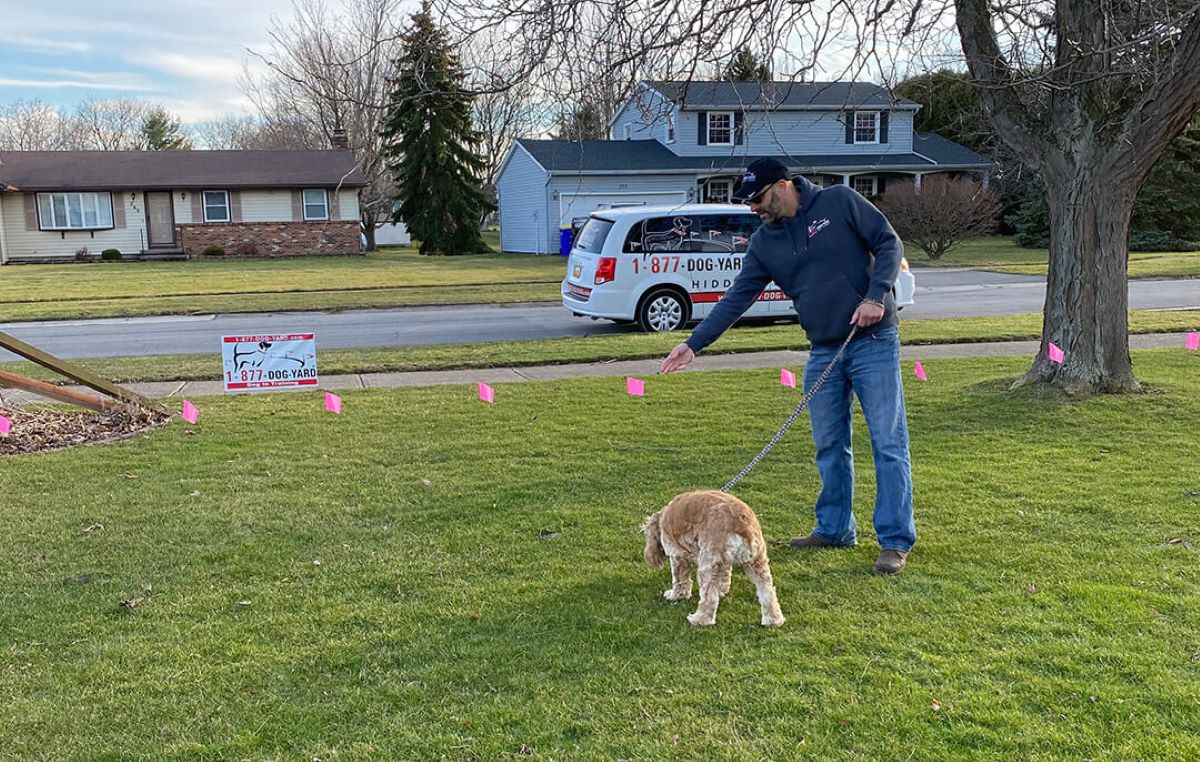
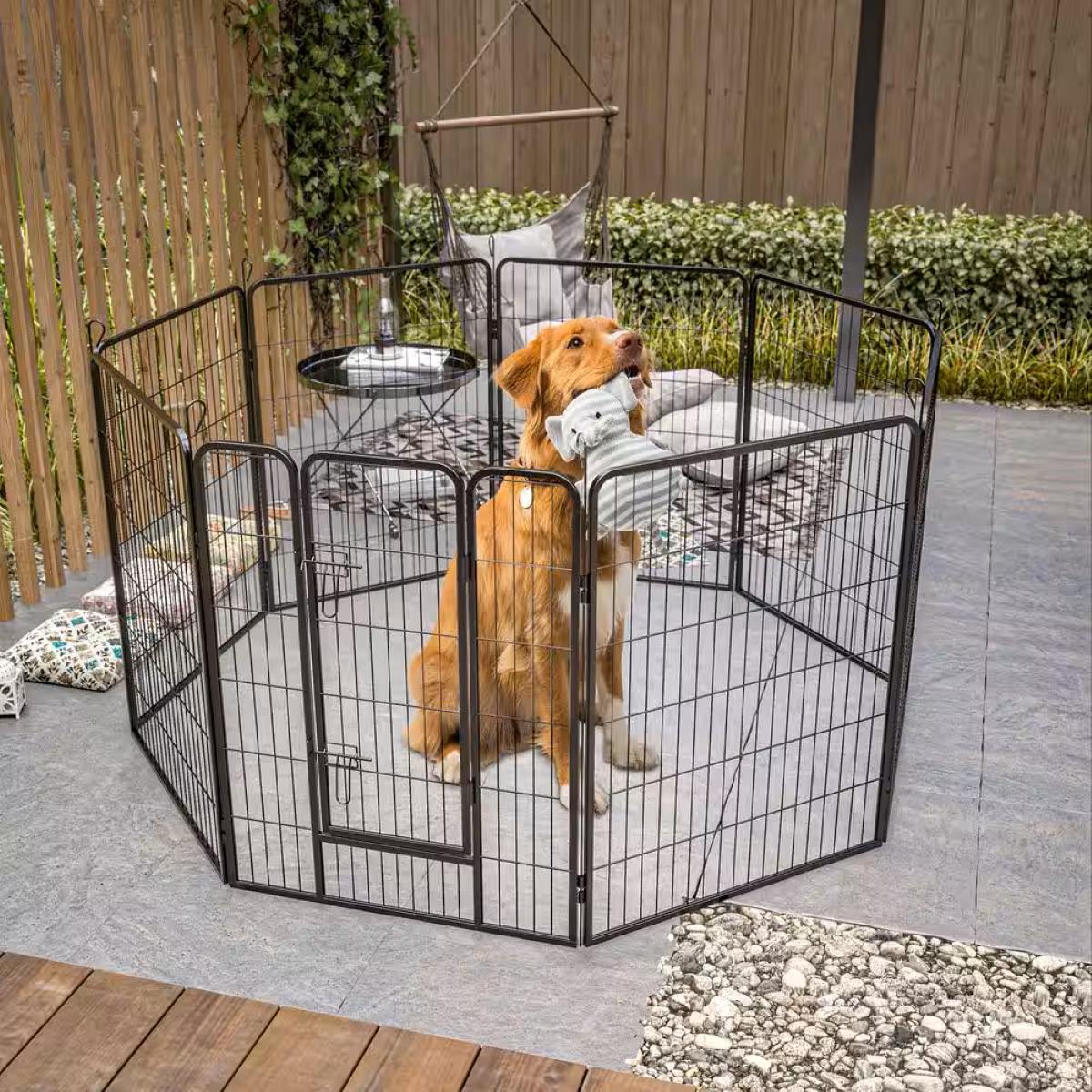
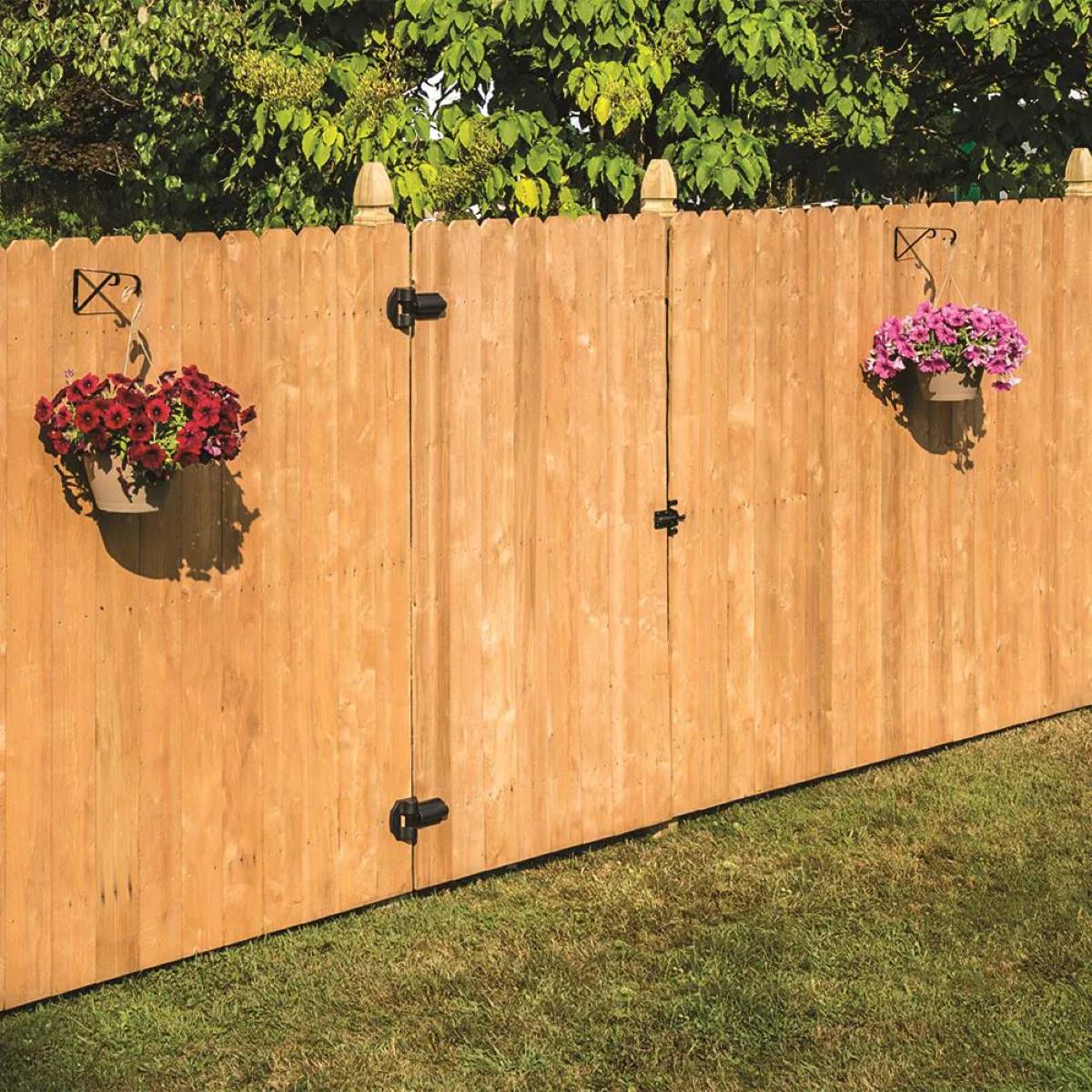
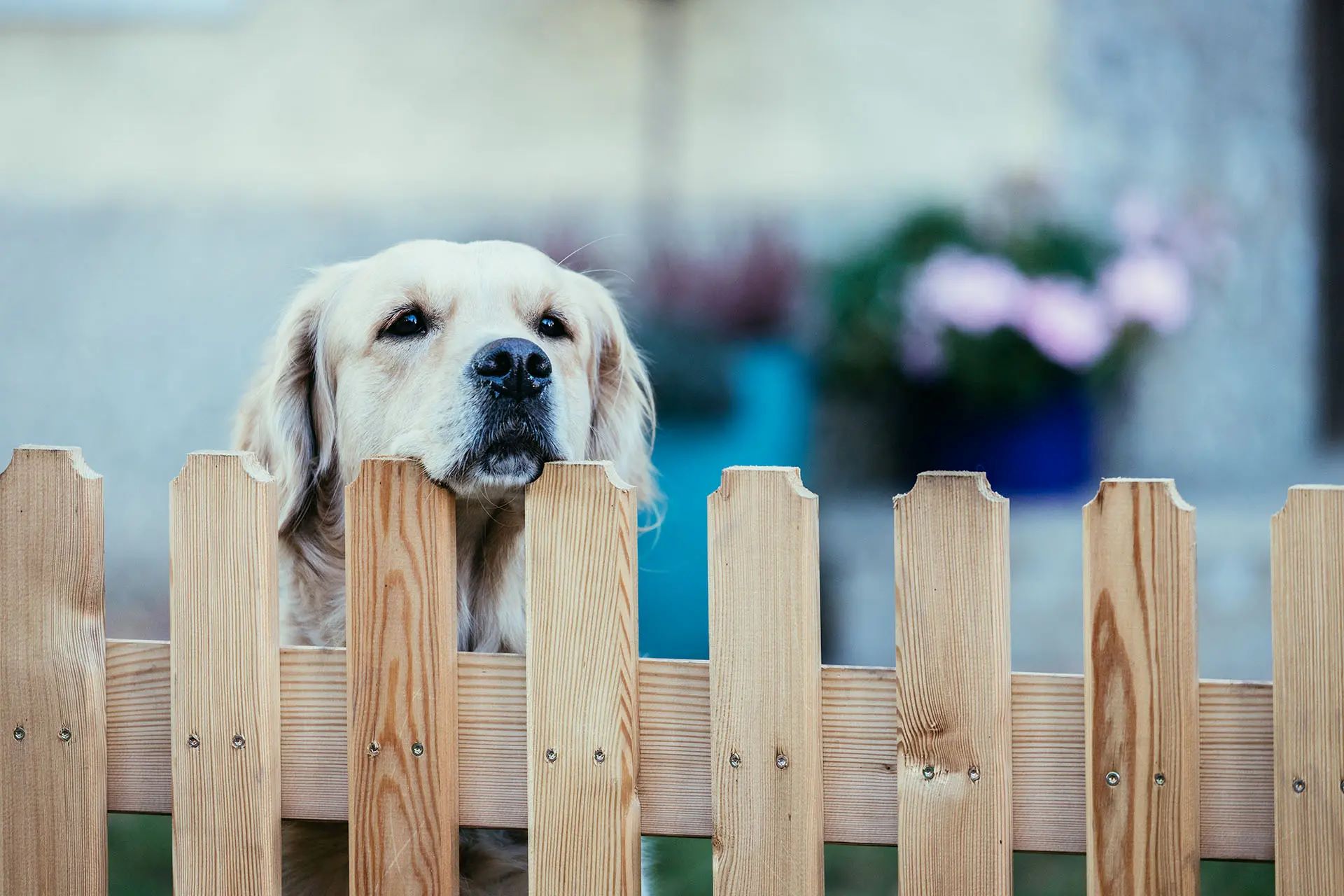
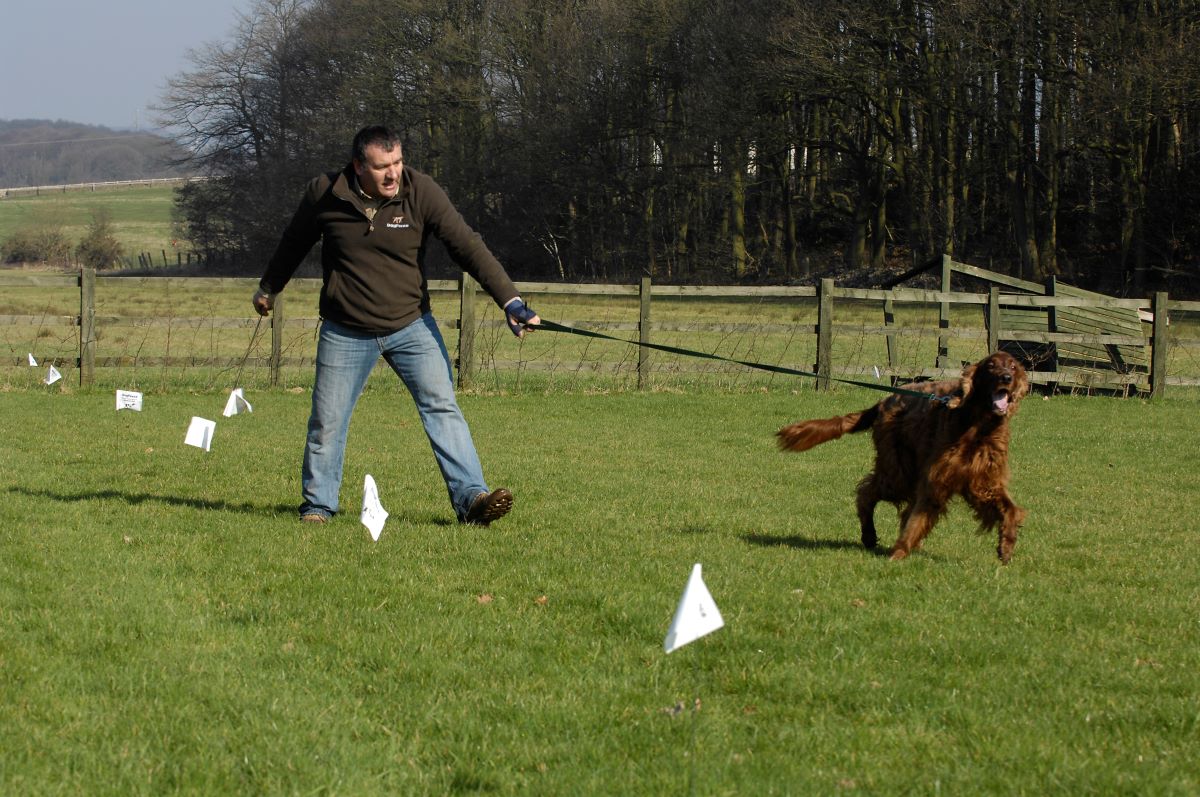
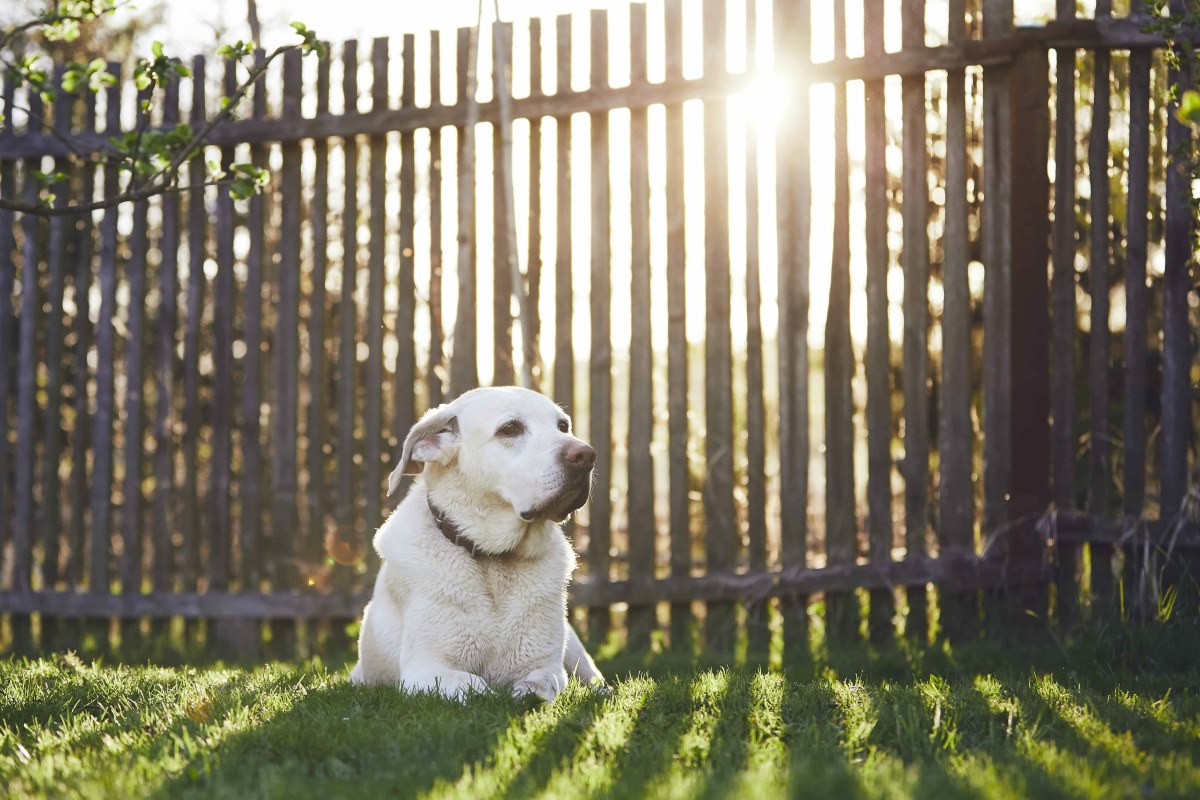
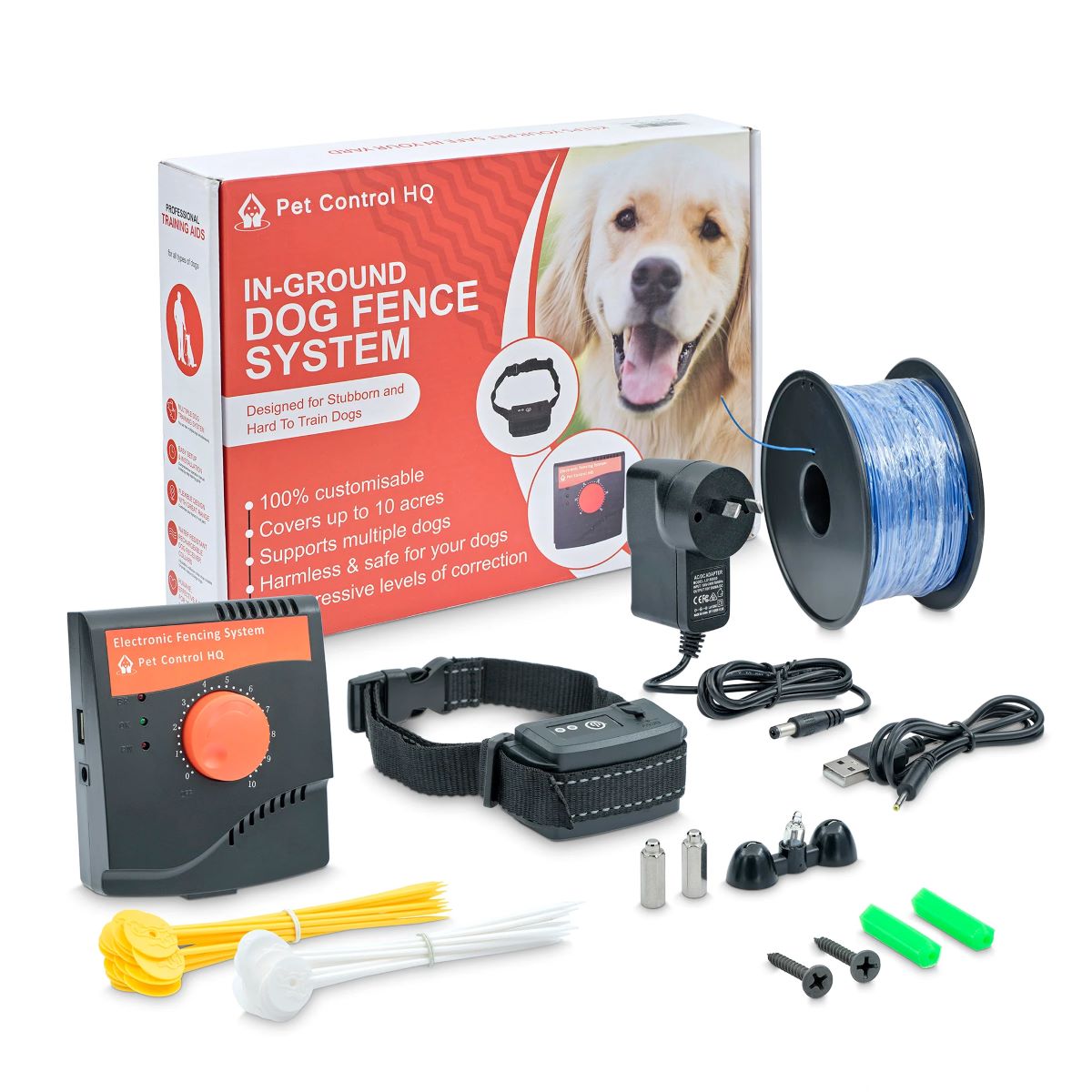
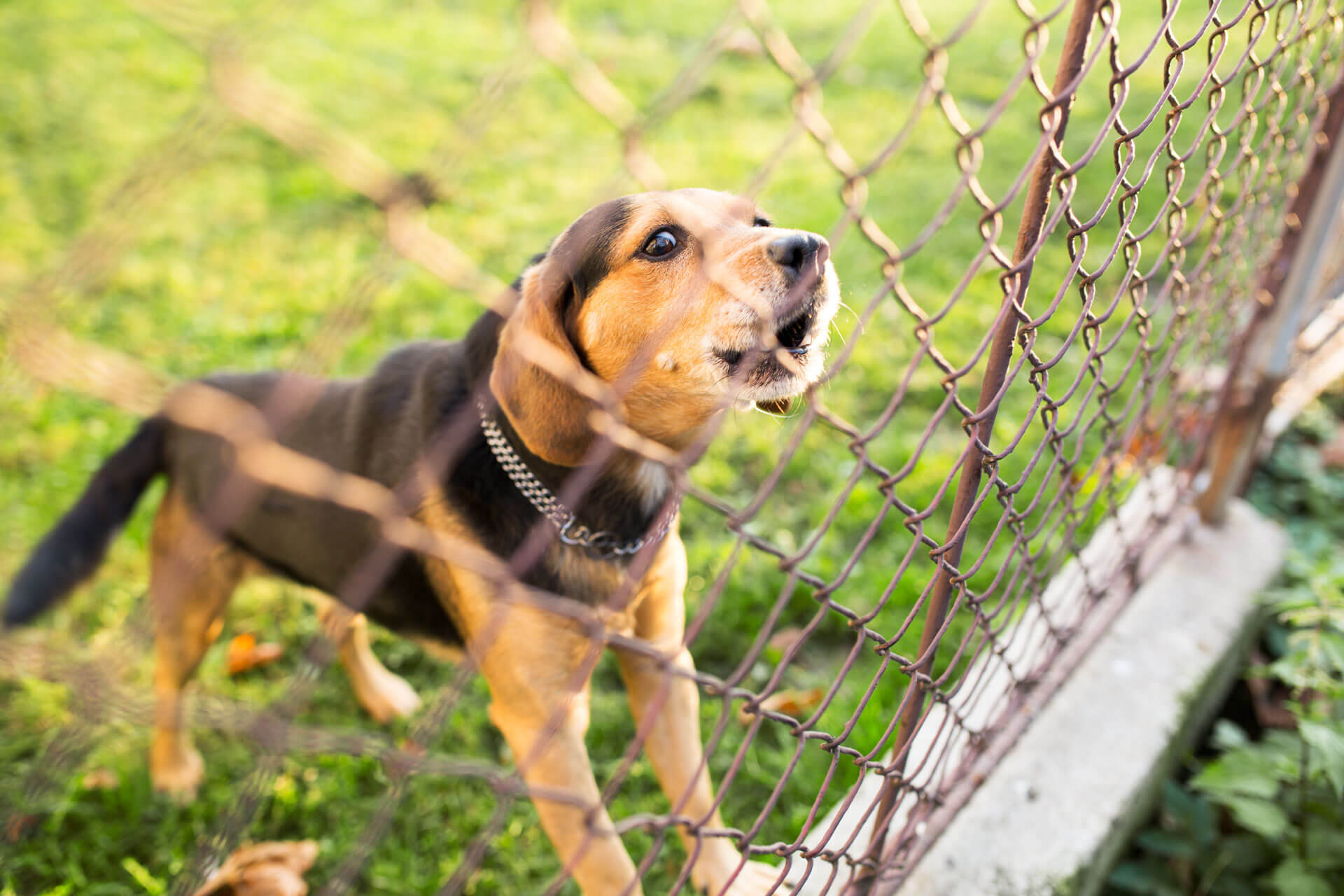
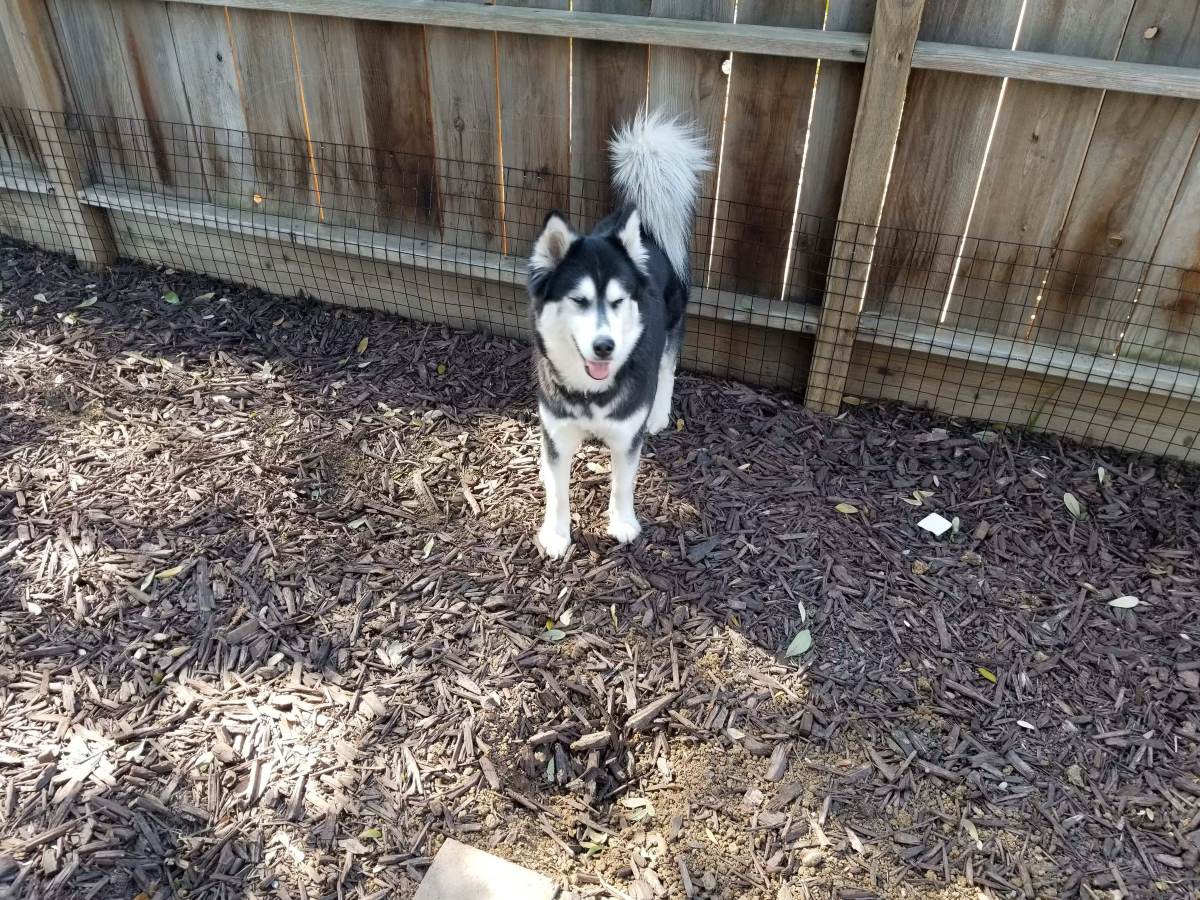
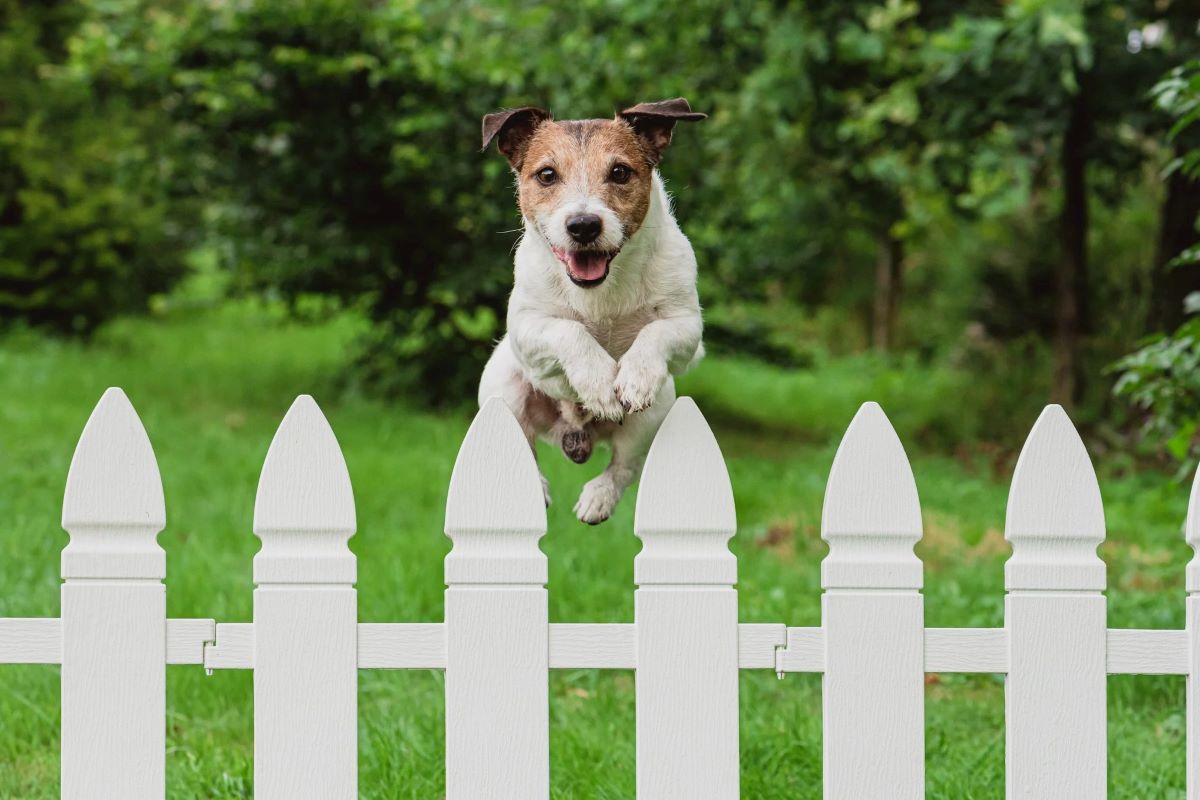
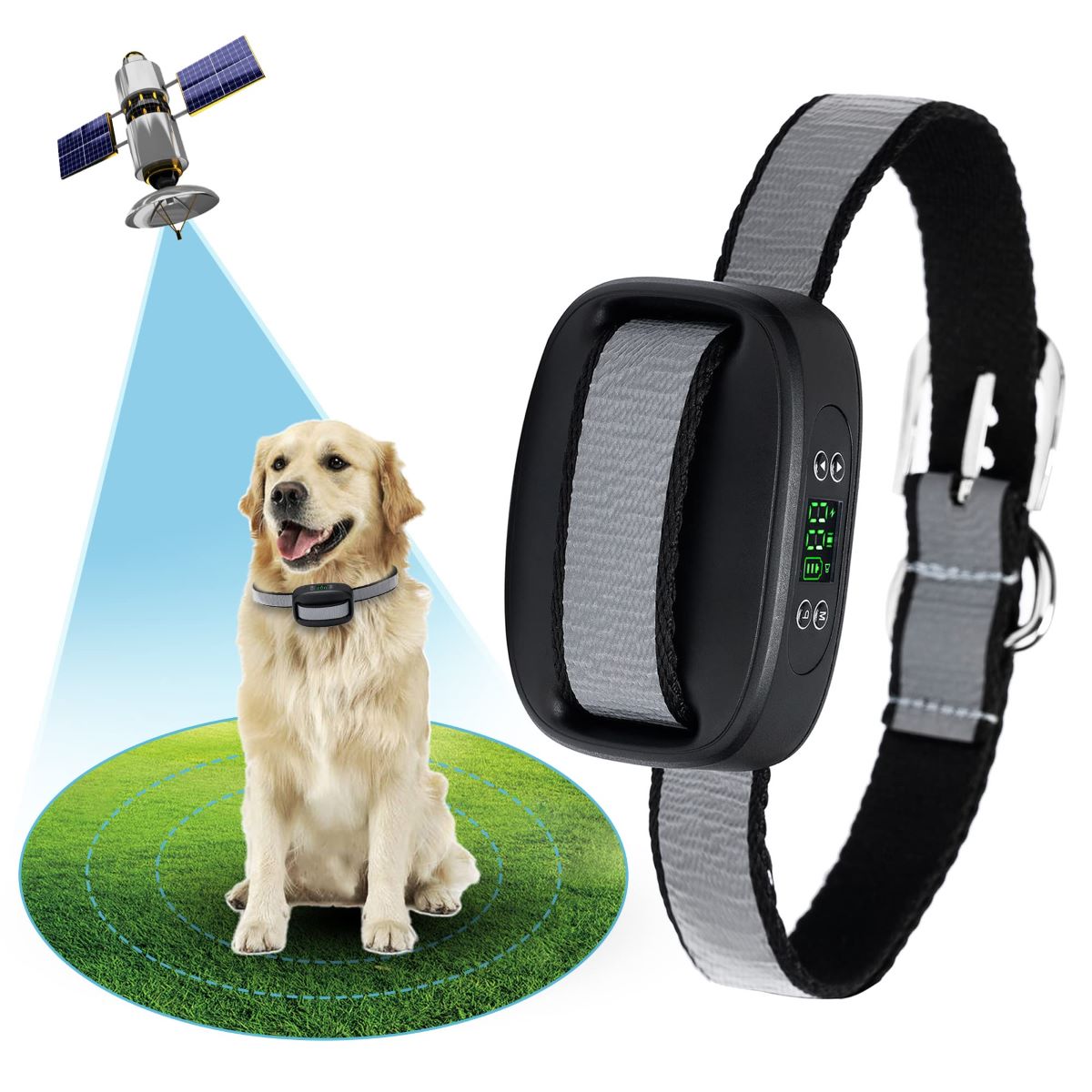
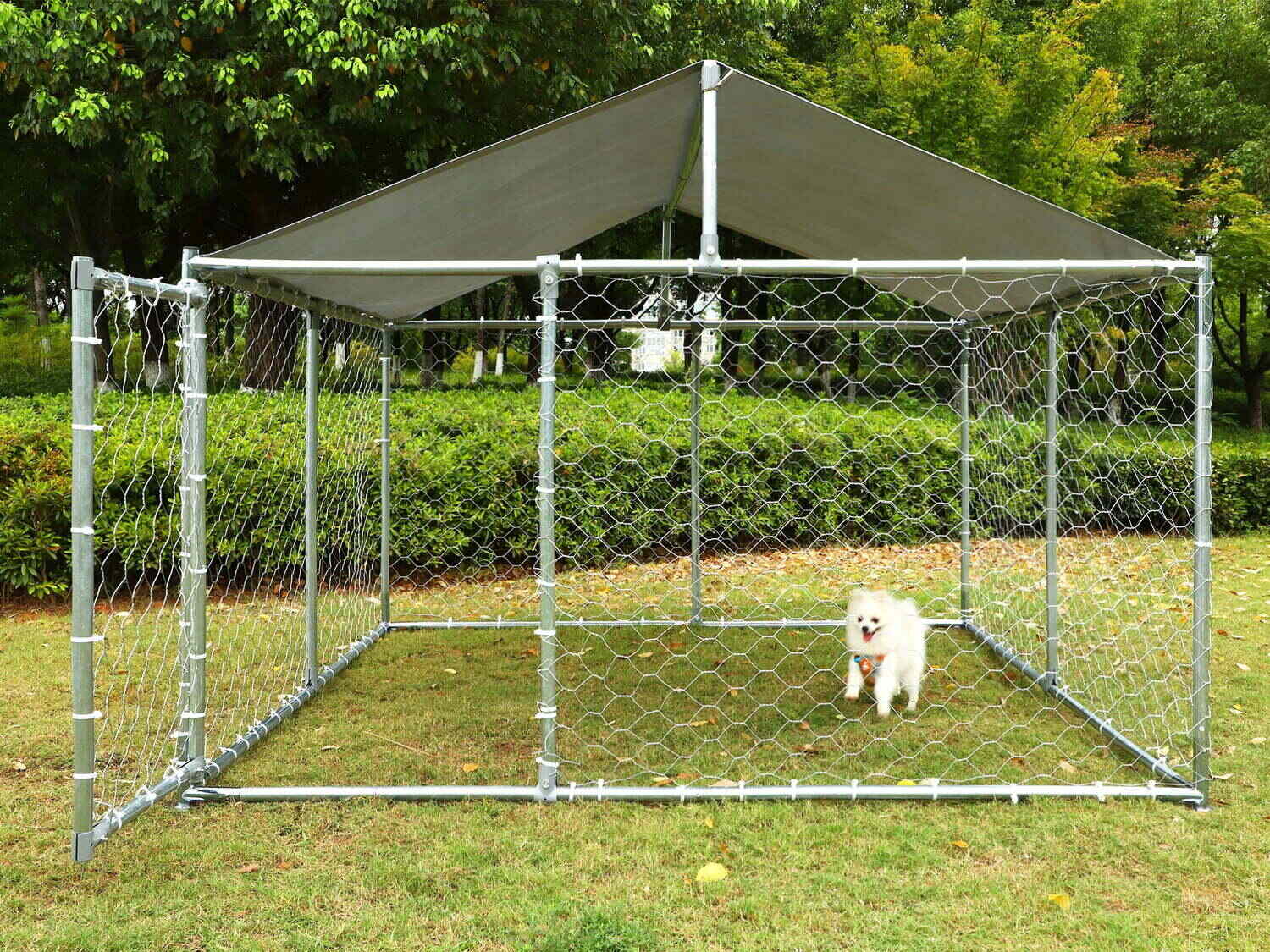
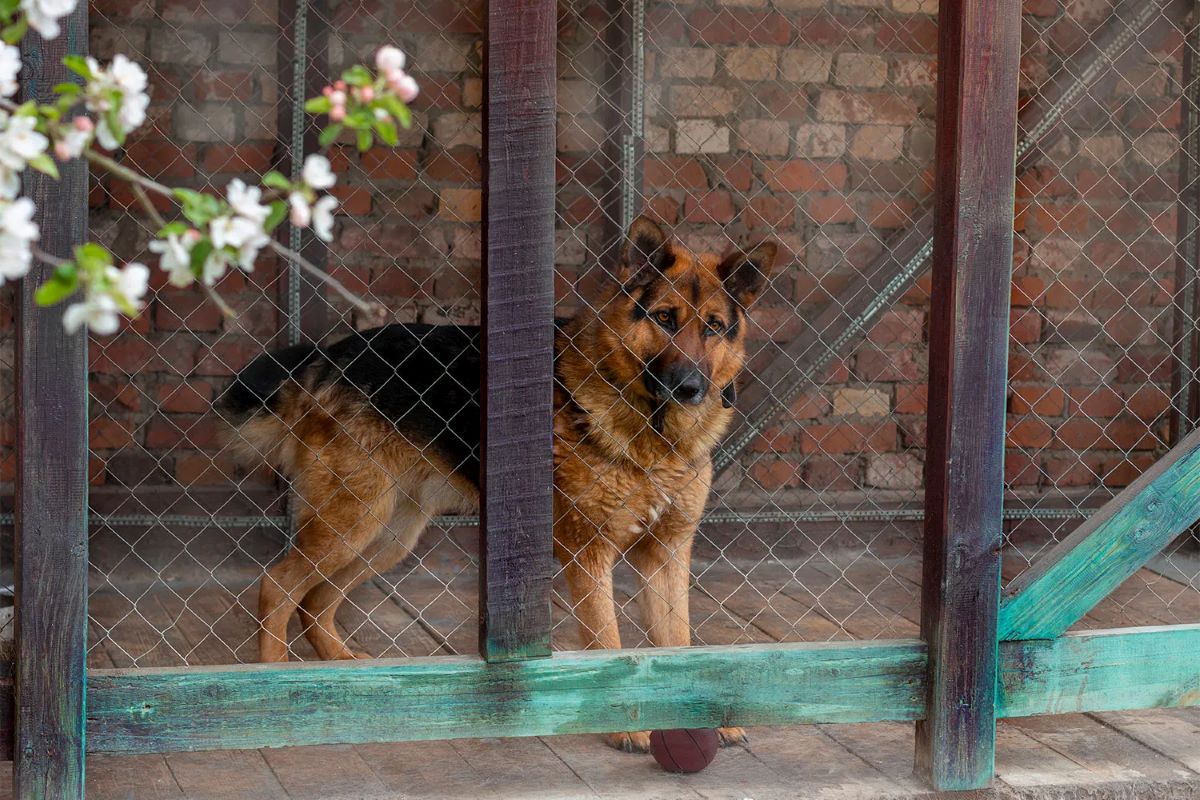

0 thoughts on “How To Dog Proof A Fence”